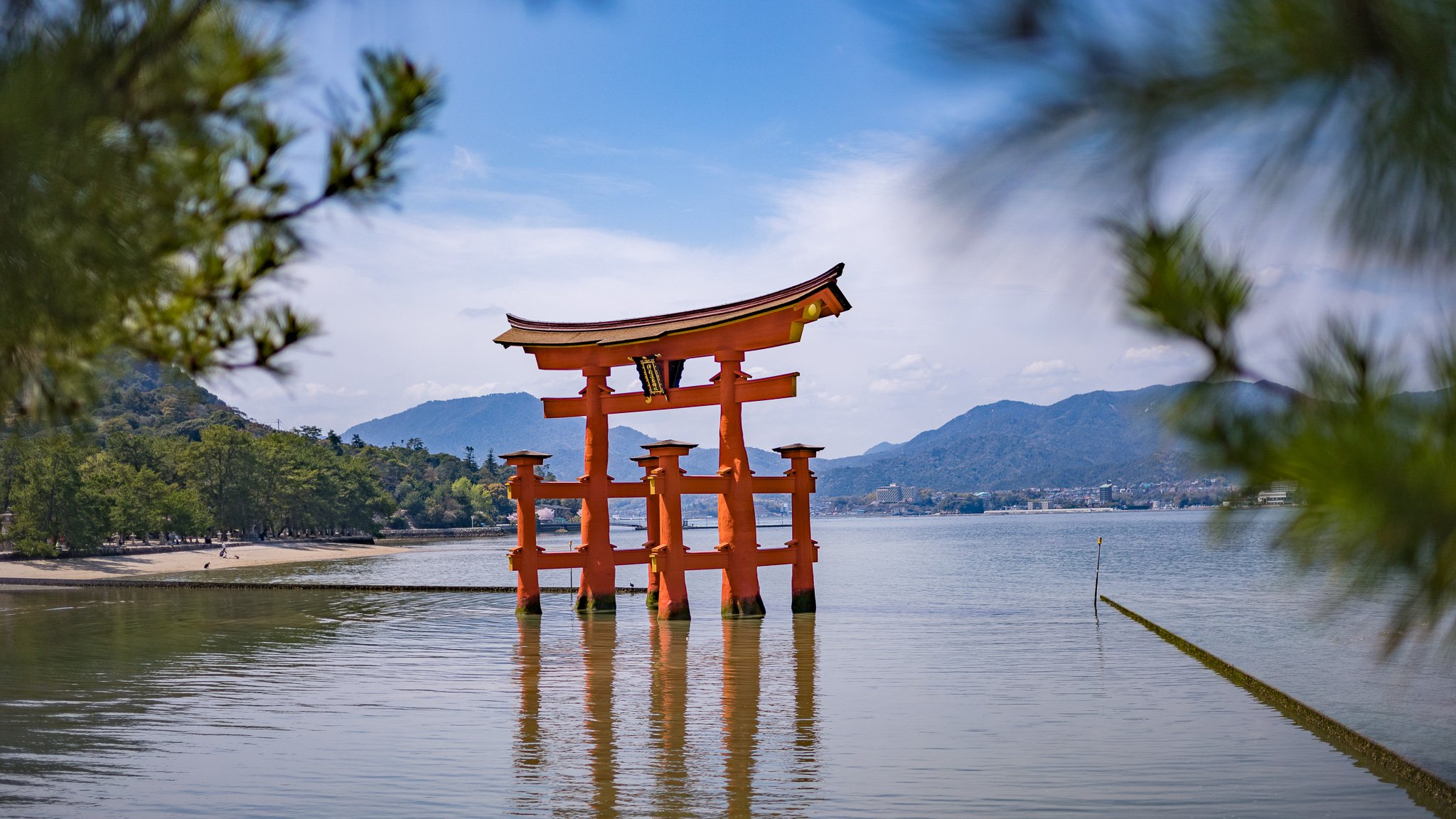Hiroshima
Miyajima Shrine, Hiroshima, Japan (Leica M11)
The so-called Miyajima Shrine Island is located in Hiroshima Bay. The island is known for its enormous Torii Gate, which appears to float on the water at high tide and is accessible on foot at low tide.
Cherry blossom season in Hiroshima, Japan (Leica M11)
Hiroshima was founded in 1589 as a castle town on the Ōta River delta. Following the Meiji Restoration in 1868, Hiroshima rapidly transformed into a major urban center and industrial hub. In 1889, Hiroshima officially gained city status. The city was a center of military activities during the imperial era, playing significant roles such as in the First Sino-Japanese War, the Russo-Japanese War, and the two world wars.
Miyajima Shrine Island, Hiroshima, Japan - Photographer: Roland Steffen, Leica M11
Hiroshima was the first military target of a nuclear weapon in human history. This occurred on August 6, 1945 in the Pacific theatre of World War II, at 8:15 a.m., when the United States Army Air Forces (USAAF) dropped the atomic bomb "Little Boy" on the city.[5] Most of Hiroshima was destroyed, and by the end of the year between 90,000 and 166,000 had died as a result of the blast and its effects. The Hiroshima Peace Memorial (a UNESCO World Heritage Site) serves as a memorial of the bombing.
Hiroshima Peace Memorial Park - Photographer: Roland Steffen, Leica M11
Since being rebuilt after the war, Hiroshima has become the largest city in the Chūgoku region of western Honshu.
Hiroshima Peace Memorial Park - Photographer: Roland Steffen, Leica M11
Photographer: Roland Steffen, Leica M11







